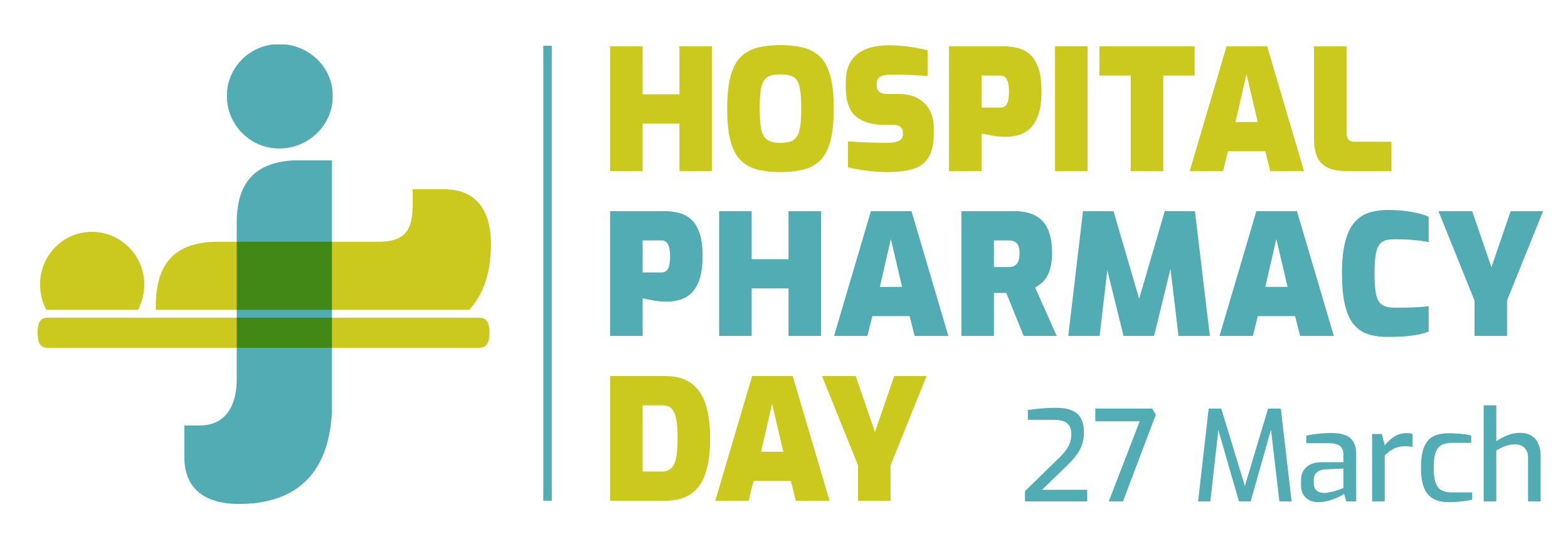Link to EAHP Statements
- Section 2 – Selection, Procurement and Distribution: Statements – 2.1, 2.2, 2.3, 2.4
- Section 6 – Education and Research: Statement Statements – 6.4
Abstract
Carbon footprint calculation in hospitals involves measuring the amount of greenhouse gases (GHGs) emitted by the hospital’s operations. This includes emissions from electricity use, heating and cooling systems, transportation, and waste disposal. The most common GHGs emitted by hospitals include carbon dioxide (CO2), methane (CH4), and nitrous oxide (N2O). These emissions are then converted into carbon dioxide equivalents (CO2e) using global warming potential (GWP) factors, which are used to compare the relative impact of different GHGs. Once the emissions are quantified, they can be used to identify and prioritise opportunities for reducing the hospital’s carbon footprint. This process can help hospitals to reduce their environmental impact and to meet regulatory requirements for reporting GHG emissions.
Also, medicines have a carbon footprint. In this field the carbon footprint is calculated in a similar way by assessing the greenhouse gas (GHG) emissions associated with the entire life cycle of the medicine, from the extraction of raw materials to the disposal of the finished product. This includes emissions from the production of raw materials, manufacturing, transportation, packaging, and disposal.
The carbon footprint of medicines can also be affected by the type of medicine, the manufacturing process, and the transportation and packaging methods used. For example, some medicines may require more energy-intensive manufacturing processes or may need to be transported greater distances, resulting in a higher carbon footprint.
Learning objectives
After the keynote, the participant should be able to:
- Discuss the method of calculating carbon footprints
- List the problems regarding decision making based on carbon footprint calculation
- Discuss the different sources of carbon footprints of medicines
Educational need addressed
Climate change is real. Hospital pharmacists must be able to discuss carbon footprint calculations and how to use those results in hospital pharmacy decision making.
Keywords
Carbon footprint, greenhouse gas, health care systems, hospitals, pharmaceutical industry, carbon-footprint-calculation
























